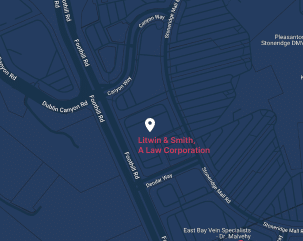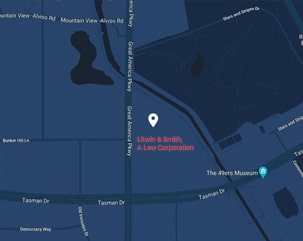Applying for permanent residency and a green card takes time. If you’re early in your immigration process, you might not be familiar with the document that tells you when you’re eligible to get your card: the Visa Bulletin.
There’s a big difference between being qualified to receive a green card and being eligible to apply for one. You may qualify for many reasons, but the only way to tell if you’re eligible is to check the Bulletin. Here’s what to know about the Visa Bulletin, how it works, and how to read it to tell if you can file your permanent residency application.
What Is the Visa Bulletin?
To understand the Bulletin, you should understand how green cards are awarded. The US limits the number of green cards, or immigrant visas, issued annually in several ways. First, there are the overall caps. Only 140,000 employment-based green cards may be issued each year. Only 226,000 green cards can be awarded for family-based petitions, though spouses, children, and parents of US citizens are exempt from this cap.
Second, there are caps based on preference. Family-based candidates are divided into four preference levels, while employment-based candidates are divided into five preference levels, each subject to a specific cap.
Finally, there are the caps by country. No more than 7% of the total allotment of visas, or 25,620 across all categories and preferences, can go to people from a specific country in a given year. This has created substantial backlogs for people from countries with high populations, such as China, India, and Mexico.
The Visa Bulletin is a monthly federal publication issued by USCIS to help people caught in the backlog. Someone qualified for a green card based on employment or family status is assigned a Priority Date when their Form I-130 or I-140 is approved. They can check the Bulletin to see if their priority date makes them eligible to apply for their green card.
What Are the Parts of the Bulletin
The Visa Bulletin is divided into sections according to basis for eligibility and preference level. For most people, the important categories are “Family-Sponsored Preferences” and “Employment-Based Preferences.”
Both categories are broken down into two sections:
- Final Action Dates: Most people caught in the backlog will review this section. It tells you whether or not you’re eligible to apply.
- Dates for Filing Visa Applications: If you are filing your application from outside the US, you may need to look at this date instead. If you are filing an Adjustment of Status, you may also be eligible – you can check the USCIS Adjustment of Status Filing Charts to learn if this is the case.
Each category has a chart broken down into categories and chargeability areas. Each cell on the chart will list a date or “C” for “current.”
How to Read the Visa Bulletin
The best way to learn how to read the Bulletin is to look at a specific example. Here’s the November 2023 chart for final action dates for family-sponsored preference cases:
| Family-Sponsored | All Chargeability Areas Except Those Listed | CHINA-mainland born | INDIA | MEXICO | PHILIPPINES |
| F1 | 01JAN15 | 01JAN15 | 01JAN15 | 01MAY01 | 01MAR12 |
| F2A | 08FEB19 | 08FEB19 | 08FEB19 | 01FEB19 | 08FEB19 |
| F2B | 22SEP15 | 22SEP15 | 22SEP15 | 01MAY02 | 22OCT11 |
| F3 | 08JAN09 | 08JAN09 | 08JAN09 | 22MAR98 | 08JUN02 |
| F4 | 22APR07 | 22APR07 | 08OCT05 | 15SEP00 | 22AUG02 |
Notice how the first column lists “F1,” “F2A,” and so on. Those are the preference categories. For example, F1 accounts for all unmarried children of US citizens over 21.
Next, look at the top row. A “chargeability area” is a country. China, India, Mexico, and the Philippines have specific columns because they have substantial backlogs related to country caps. All other countries are grouped into the same category because their backlogs are caused by preference caps instead of country caps.
With this knowledge, reading the chart is simple. You’ll find your preference category and chargeability area, then look at the date listed there. If your priority date is earlier than the date on the chart, it is current, and you can apply.
For example, suppose you’re applying based on an F1 preference and come from India. The current date listed is January 1st, 2015. If your priority date is from 2014 or earlier, it is current, and it’s time to apply. Tracking your eligibility through the monthly Visa Bulletin is just one part of successfully applying for your green card. Little mistakes can potentially delay your permanent residency approval for years. Don’t let that happen to you – work with an experienced immigration attorney instead. Schedule your consultation with Litwin & Smith today to learn how our skilled immigration lawyers can help you apply for permanent residency.

